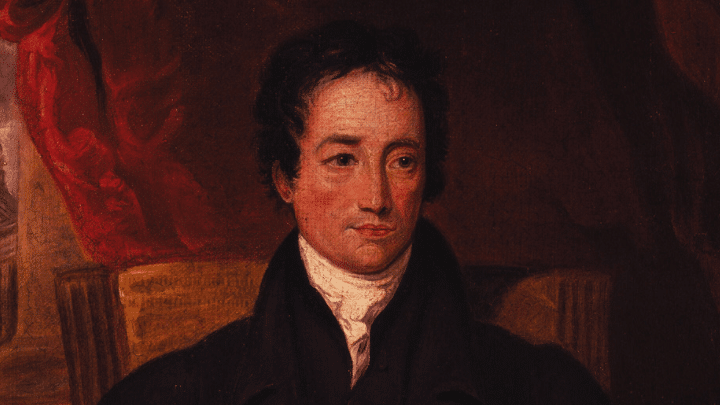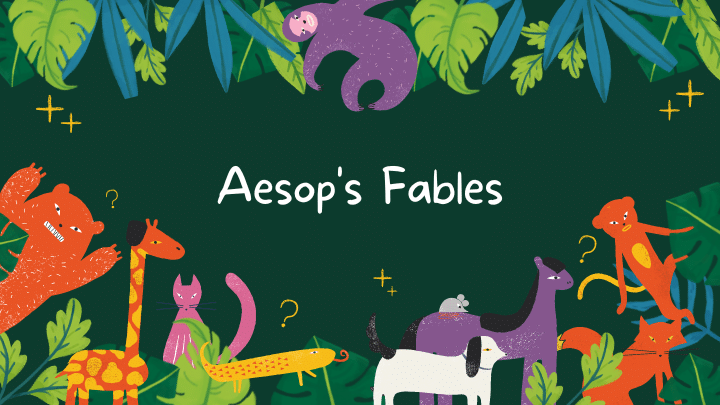10 Best Charles Lamb Essays You Should Read

Charles Lamb, one of the most prominent essayists of the 19th century, possessed an uncanny ability to blend personal anecdotes, humour, and thoughtful observations into engaging prose. His essays, most famously collected in “Essays of Elia,” offer a window into his soul, his environment, and the society he lived in. Lamb’s style is notable for its intimacy, charm, and accessibility, which not only captivated his contemporaries but continues to enchant modern readers.
Lamb’s works often transcend the mundane, transforming ordinary subjects into profound literary explorations. Whether he is humorously dissecting the discovery of a roast pig or poignantly dreaming of the children he never had, Lamb’s essays resonate with an emotional depth that is both entertaining and insightful. He wrote during a period of significant societal changes in England, and his works reflect a keen awareness of the evolving human condition, interweaving personal experiences with broader social commentary.
To immerse oneself in Lamb’s essays is to take a delightful journey through a landscape filled with wit, wisdom, and warmth. The following list of his best essays showcases the range and richness of his talent. From nostalgia for his school days to reflections on retirement, Lamb’s essays offer a multifaceted view of a man deeply engaged with the world around him. Readers will find humour, empathy, and profound reflections on life, all crafted with the gentle touch of a master essayist.
1. Dream-Children: A Reverie
In “Dream-Children: A Reverie,” Lamb engages in a fanciful dialogue with children he never had. He paints an idyllic picture of family life, filled with love and tender moments, only to reveal in the end that the children are mere figments of his imagination. The delicate fantasy is constructed with a wistful longing that reaches out and touches the reader’s heart.
The essay is deeply autobiographical and provides insight into Lamb’s personal life and his unfulfilled desire for a family of his own. It’s an exploration of dreams and reality, a melancholic yet beautiful reverie that stands as a testament to Lamb’s ability to move his readers.
2. A Dissertation upon Roast Pig
In this whimsical essay, Lamb concocts a fictional origin story for mankind’s love of a roasted pig. It’s a delightful tale that is at once absurd and profound, bringing together cultural commentary, satire, and humour in a way that only Lamb could.
“A Dissertation upon Roast Pig” serves as a humorous reflection on culinary tastes, human discovery, and societal norms. Lamb’s masterful storytelling and playful language make this essay a feast for the literary palate, engaging readers with its inventive narrative and underlying wisdom.
3. Old China
“Old China” is a delicate and sentimental reflection on Lamb’s past, viewed through the lens of his favourite china pieces. He explores the connection between these material objects and the memories they evoke, weaving a rich tapestry of emotions, thoughts, and experiences.
The narrative also delves into a dialogue between Lamb and his sister, touching on themes of wealth, simplicity, and change. Through “Old China,” Lamb provides a touching portrayal of the human tendency to cling to the past and the often complex relationship we have with the objects around us.
4. The Praise of Chimney-Sweepers
Lamb’s compassionate view of society shines through in “The Praise of Chimney-Sweepers.” This essay paints a vivid picture of the young chimney sweepers, acknowledging their hardship while celebrating their innocence and joy.
What sets this essay apart is Lamb’s humanizing portrayal of these children, often overlooked and marginalized in society. By offering praise and understanding, he gives dignity to their existence and invites readers to reflect on social injustices and our shared humanity.
5. The Superannuated Man
Retirement and freedom are at the core of “The Superannuated Man.” In this reflective piece, Lamb examines the transition from a life of labour to one of leisure, articulating both the joys and anxieties that accompany this significant life change.
His profound insights into the human need for purpose and balance provide a timeless meditation on aging, work, and personal fulfilment. It’s a contemplative essay that speaks to anyone who has ever pondered the complex relationship between work and identity.
6. The South-Sea House
“The South-Sea House” is a vibrant depiction of the London South Sea House, where Lamb briefly worked. Through keen observations and intricate details, he paints a vivid image of this place and its peculiar inhabitants, making it come alive for readers.
This essay showcases Lamb’s descriptive prowess and his talent for capturing the essence of places and people. It’s more than a mere description; it’s a window into a world filled with character and history, reflecting Lamb’s astute understanding of human nature.
7. The Old and the New Schoolmaster
In “The Old and the New Schoolmaster,” Lamb contrasts two types of educators: the stern, traditional teacher and the modern, compassionate figure. Through this comparison, he explores changes in educational philosophy and practice, highlighting the evolving needs of students.
The essay serves as both a social critique and a personal reflection on education. Lamb’s thoughtful observations and engaging style allow readers to ponder the essential qualities of good education and the role of the teacher in shaping young minds.
8. Christ’s Hospital Five and Thirty Years Ago
Christ’s Hospital, where Lamb was educated, is fondly remembered in “Christ’s Hospital Five and Thirty Years Ago.” The essay is imbued with nostalgia as Lamb recounts the customs, traditions, and people that shaped his formative years.
With a deep sense of affection for his alma mater, Lamb provides a rich historical perspective, weaving personal anecdotes with broader insights. It’s a loving tribute to a place that was integral to his development as a writer and a human being.
9. New Year’s Eve
In “New Year’s Eve,” Lamb muses on the passage of time, eloquently reflecting on the bittersweet nature of saying goodbye to the old year and welcoming the new. His contemplative voice resonates with readers as he explores themes of hope, continuity, and the inexorable march of time.
This essay, rich in metaphor and emotional depth, is a timeless meditation on the human condition. It encapsulates the feelings that many experience as one year transitions into the next, making it a piece that continues to resonate with readers of all ages.
10. The Old Benchers of the Inner Temple
“The Old Benchers of the Inner Temple” brings to life the legal figures of London’s Inner Temple. Lamb’s descriptive skill and keen eye for detail present these characters with warmth, humour, and humanity, turning what might be a dry subject into a delightful narrative.
Each character in the essay is carefully sketched, creating a colourful portrait of this unique legal community. Through this essay, Lamb not only offers a glimpse into the legal world of his time but also showcases his exceptional talent for turning ordinary subjects into engaging literary explorations.
Conclusion
Charles Lamb’s essays are a masterful collection of literary art, filled with personal reflections, humour, social commentary, and timeless wisdom. From whimsical tales to profound musings, his works reveal an author deeply in tune with the human condition, capable of transforming ordinary experiences into extraordinary narratives. His keen observations, empathetic portrayals, and elegant prose continue to make his essays relevant and resonant.
The essays highlighted in this article offer a comprehensive view of Lamb’s literary genius, showcasing his ability to engage, entertain, and enlighten readers. Whether exploring societal norms or delving into personal dreams and memories, Lamb’s essays invite readers into a world filled with insight and imagination. His legacy as an essayist is a testament to the power of words to transcend time and place, providing a bridge between the author’s 19th-century England and the universal human experience. His works continue to be a source of inspiration and enjoyment for readers, confirming his place among the great English writers.






